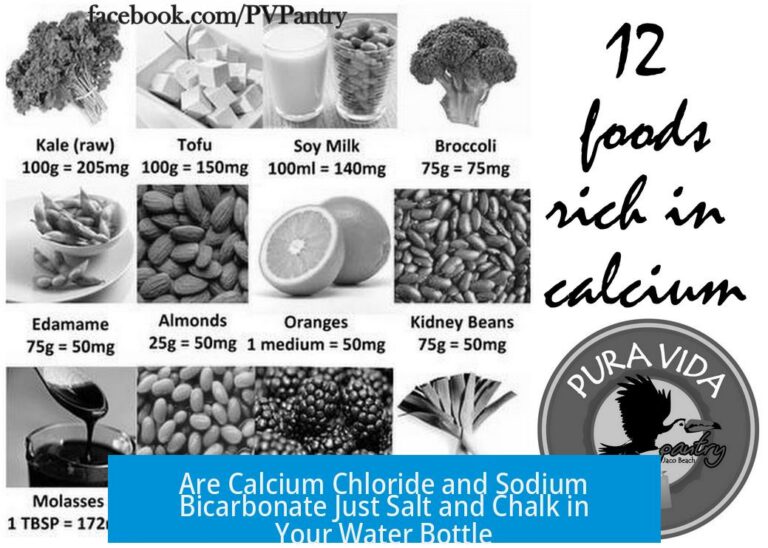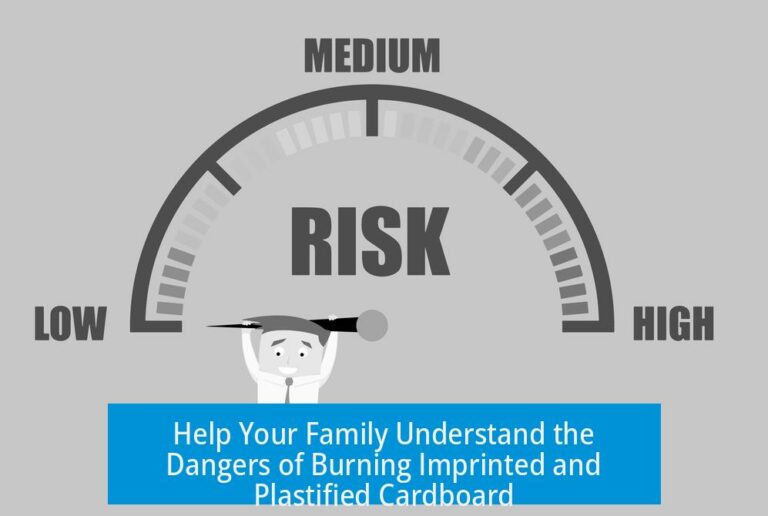Understanding Acceptable 260/280 But Low 260/230 Readings
Acceptable 260/280 readings paired with low 260/230 ratios often indicate contamination by substances such as chaotropic agents or residual salts, which interfere with absorbance measurements at 230 nm. This combination suggests purity issues in nucleic acid samples affecting downstream processes.
Causes of Low 260/230 Ratios
- Chaotropic Agent Contamination: Guanidinium thiocyanate, commonly used in extraction buffers, absorbs strongly at 230 nm and alters readings.
- Ethanol and Salt Residues: Residual ethanol and salts from wash steps also absorb at 230 nm, lowering the ratio.
- Low DNA Concentration: Insufficient DNA post-PCR can contribute to low signals; confirming DNA presence on a gel helps clarify this.
- Blanking Errors: Incorrect blanking, such as using DI water instead of elution buffer, can skew 260/230 ratios.
Improving the 260/230 Ratio
To enhance purity indicated by the 260/230 ratio, repeat cleanup protocols may help:
- Include extra or higher volume wash steps with buffer.
- Incubate wash buffers on columns for several minutes before centrifugation.
- Perform a dry spin after the last wash to remove residual contaminants.
These steps effectively reduce chaotropic salts and ethanol, elevating the 260/230 ratio without compromising DNA yield.
Impact of Low 260/230 on Downstream Applications
The significance of low 260/230 ratios varies by application:
- For ligation reactions, low purity could hinder efficiency, potentially compromising results.
- For PCR, qPCR, TOPO cloning, and in-fusion cloning, moderate deviations often have minimal impact.
- Verification by sequencing or gel analysis remains essential to ensure sample suitability.
Alternative Cleanup Methods
Bead-based PCR cleanup offers an efficient alternative to traditional spin columns. It provides quicker processing times, cost savings, and ease of use while effectively removing contaminants that impact the 260/230 ratio.
Verification and Seeking Advice
- Run gel electrophoresis to confirm DNA quantity and integrity.
- Consult instructors or experienced colleagues for troubleshooting strategies.
- Review scientific literature, such as discussed at this PubMed article, which evaluates A260/230 as a DNA purity marker and suggests corrective protocols.
Key Takeaways
- Low 260/230 values often stem from guanidinium salts, ethanol, or salts contaminating samples.
- Performing additional wash steps and dry spins helps improve sample purity.
- Low 260/230 ratios may not always affect downstream applications significantly but require verification.
- Bead-based cleanup methods present an effective alternative for contaminant removal.
- Confirm DNA presence by gel and seek expert advice or literature for complex cases.
What causes a low 260/230 reading despite an acceptable 260/280 ratio?
Common causes include contamination by chaotropic agents like guanidinium thiocyanate, residual ethanol or salts, low DNA concentration after PCR, and errors during Nanodrop blanking.
How can I improve a low 260/230 ratio in my DNA samples?
Try repeating the cleanup with extra wash steps or higher wash volumes. Incubate wash buffer on the column before spinning, and perform a dry spin after the last wash to remove residual contaminants.
Does a low 260/230 ratio always affect downstream applications?
Not always. It can matter for sensitive steps like ligation. However, many PCR, qPCR, and cloning reactions tolerate low 260/230 values if verification methods show good results.
Are there alternative cleanup methods to improve DNA purity?
Bead-based PCR cleanup is a good alternative. It is often faster, cheaper, and simpler than traditional column-based methods and can help reduce contaminants affecting the 260/230 ratio.
How do I confirm if low 260/230 is due to low DNA yield?
Run your sample on a gel to check DNA quantity. If the signal is weak, low DNA input after PCR might explain the low 260/230 reading.
Where can I seek further advice if I’m unsure about my 260/230 readings?
Consult experienced colleagues, instructors, or literature. Scientific papers suggest A260/230 can be an unreliable quality measure, and some protocols offer cleanup methods to improve this ratio.





Leave a Comment